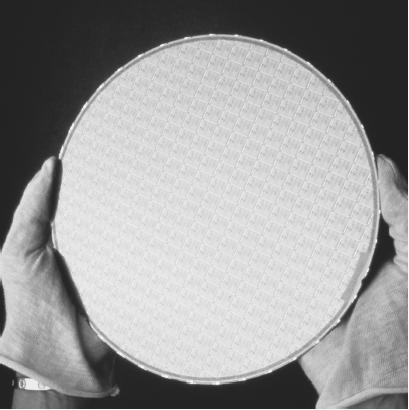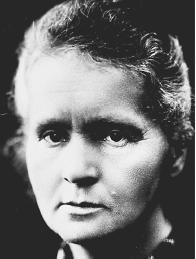Metalloids - How it works
Families and "Orphans"
Most elements fit into some sort of "family" grouping: the alkali metals, the alkaline earth metals, transition metals, lanthanides, actinides, halogens, and noble gases. These seven families, five metallic and two nonmetallic, account for 91 of 112 elements on the periodic table.
The "orphan" elements, or those not readily classifiable within a family, occupy groups 3 through 6 on the North American version of the periodic table, which only numbers the "tall" columns.
Twenty elements, occupying a rectangle that stretches across four groups or columns, and five periods or rows, are "orphans." (This is in addition to hydrogen, on Period 1, Group 1.) These are best classified, not by family, but by cross-family characteristics that unite large groups of elements. These cross-family groupings can be likened to nations: on one level, a person identifies with his or her family ("I'm a Smith"); but on another level, a person has a national identity ("I'm an American.")
Likewise gold, for instance, is both a member of the transition metals family, and of the larger metals grouping. The "orphan" elements, because they have no family, are best identified with characteristics that unite a large body of elements. (For this reason, the "orphan" metals are discussed in the Metals essay, and the "orphan" nonmetals in the Nonmetals essay.)
Between Metals and Nonmetals
Of the twenty "orphan" elements in groups 3 through 6, seven are metals and seven nonmetals. Between them runs a diagonal, comprising the six metalloids. (As noted earlier, boron is sometimes considered a metalloid, but in this book, it is discussed in the Nonmetals essay, while astatine—also sometimes grouped with the metalloids—is treated in the Halogens essay.) What is a metalloid? The best way to answer that question is by evaluating the differences between a metal and a nonmetal.
On the periodic table, metals fill the left, center, and part of the right-hand side of the

Nonmetals, which occupy the upper right-hand side of the periodic table, include the noble gases, halogens, and the seven "orphan" elements alluded to above. With the addition of hydrogen (which, as noted, is covered in a separate essay), they comprise 19 elements. Whereas all metals are solids, except for mercury—a liquid at room temperature—the nonmetals are a collection of gases, solids, and one other liquid, bromine. (Not surprisingly, all gaseous elements are nonmetals.) As their name suggests, nonmetals are opposite to metals in most regards: dull in appearance, they are not particularly ductile or malleable. With the exception of carbon, they are poor conductors of heat and electricity, and tend to gain electrons to form negative ions.
Survey of the Metalloids
The metalloids can thus be defined as those elements which exhibit characteristics of both metals and nonmetals. They are all solids, but not

The six metalloids treated here are listed below, with the atomic number and chemical symbol of each.
- 14. Silicon (Si)
- 32. Germanium (Ge)
- 33. Arsenic (As)
- 51. Antimony (Sb)
- 52. Tellurium (Te)
- 84. Polonium (Po)
Silicon is the second most abundant element on Earth, comprising 25.7% of the planet's known elemental mass. Together with oxygen, it accounts for nearly three-quarters of the known total. (The planet's core is probably composed largely of iron, with significant deposits of uranium and other metals between the crust and the core, but geologists can only make educated guesses as to the elemental composition beneath the crust.)
THE METALLOIDS IN HISTORY.
By far the most important of the metalloids, silicon has been in use as a compound for centuries, but was only isolated in the early nineteenth century. Arsenic and antimony were likewise known from ancient times, and both attracted the attention of alchemists—medieval mystics, in many regards the forerunners of chemists, who believed it was possible to change plain metals into gold.
Traces of the alchemical mindset remained a part of European science as late as the mid-eighteenth century, a tendency exemplified by the fact that tellurium, discovered around that time, was believed to be "unripe gold." On the other hand, the discovery of germanium more than a century later—following predictions of its existence based on the periodic table—reflected a much greater degree of scientific rigor. Finally, the isolation of polonium, known for its radioactivity, was evidence of an even more advanced stage of development in chemistry and science as a whole.
Comment about this article, ask questions, or add new information about this topic: